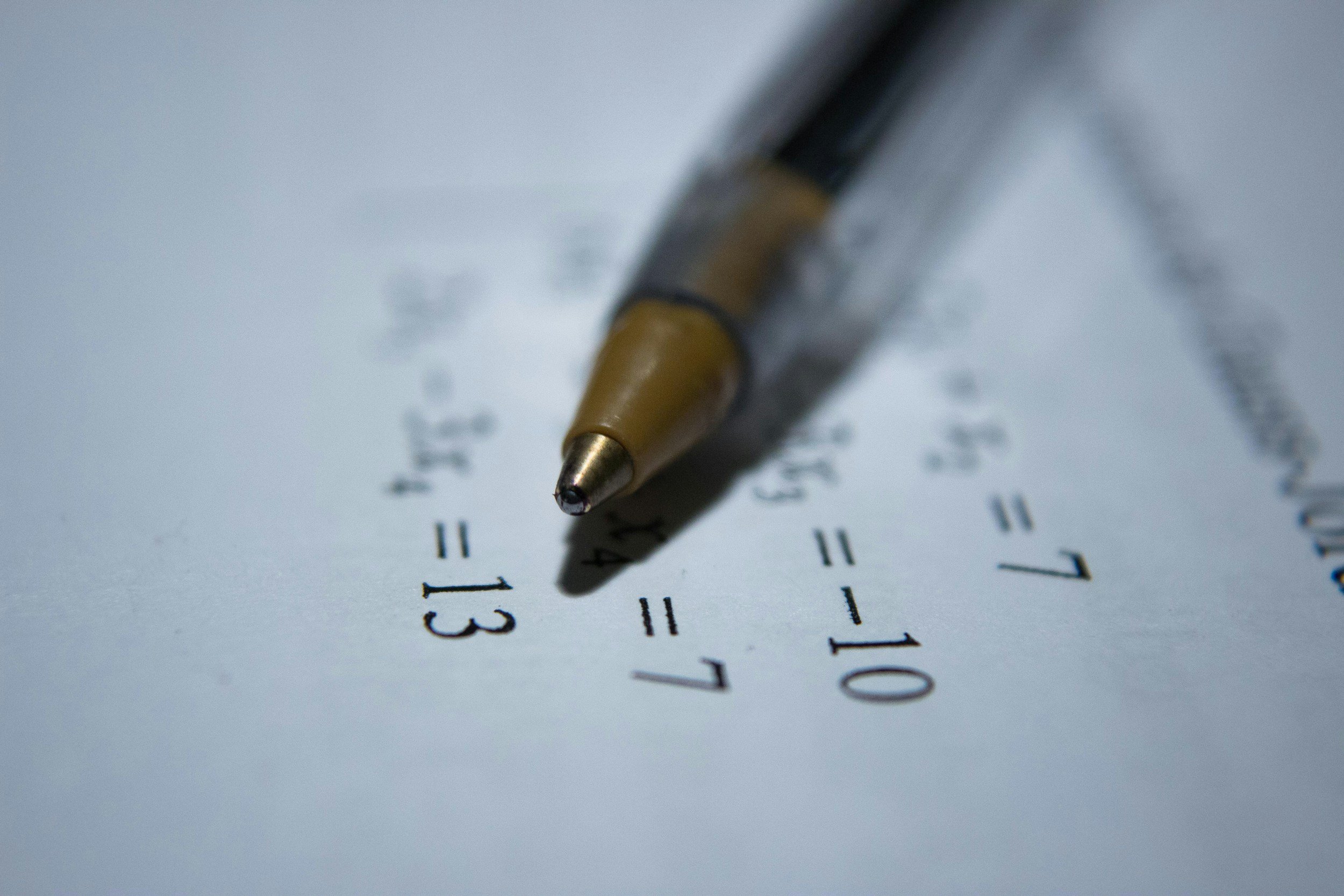Our Customers Say We Make a Difference ⭐⭐⭐⭐⭐ 5 out of 5 on 50+ Reviews

Algebra 2
Course Overview
Expanding on Algebra I Concepts: Quadratics, Polynomials, Rational Functions, Etc
Introduction to Complex Numbers, Exponentials, and Logarithms
Developing Advanced Problem-Solving and Mathematical Thinking Skills
Applications of Algebra in Real-Life Situations and Higher-Level Math
Advanced Functions & Graphing
Review of Functions: Linear, Quadratic, Absolute Value, and Piecewise
Operations with Functions: Addition, Subtraction, Multiplication, Division
Inverse Functions: Finding and Graphing Inverses
Transformations of Functions: Shifting, Stretching, Reflecting
Graphing and Solving Rational Functions: Domain and Asymptotes
Polynomials & Rational Expressions
Factoring Higher-Degree Polynomials
Solving Polynomial Equations Using the Factor Theorem and Rational Root Theorem
Operations with Rational Expressions
Solving Rational Equations
Real-World Applications of Rational Expressions
Complex Numbers
Introduction to Imaginary and Complex Numbers
Operations with Complex Numbers: Addition, Subtraction, Multiplication, Division
The Complex Plane and Polar Form of Complex Numbers
Solving Quadratic Equations with Complex Solutions
Exponential & Logarithmic Functions
Exponential Functions and Growth/Decay Models
The Natural Exponential Function and the Number e
Logarithmic Functions: Definition, Graphing, and Properties
Solving Exponential and Logarithmic Equations
The Relationship Between Exponentials and Logarithms
Applications in Finance (Compound Interest, Population Growth)
Systems of Equations & Inequalities
Solving Systems of Nonlinear Equations (Quadratic, Exponential, etc.)
Solving Systems of Equations Using Substitution, Elimination, and Graphing
Systems of Inequalities: Graphing and Solutions
Linear Programming and Real-World Applications
Sequences & Series
Arithmetic Sequences: Explicit and Recursive Formulas
Geometric Sequences: Finding Terms, Sum of a Geometric Series
Recursive Functions and Applications of Sequences and Series
Using Sequences in Real-Life Applications
Matrices
Introduction to Matrices: Operations (Addition, Subtraction, Multiplication)
Determinants and Inverses of Matrices
Using Matrices to Solve Systems of Equations
Applications of Matrices in Real-Life Problems (Economics, Engineering)
Quadratic Functions & Conic Sections
Solving Quadratic Equations Using the Quadratic Formula and Completing the Square
Graphing Parabolas and Identifying Key Features (Vertex, Axis of Symmetry)
Introduction to Conic Sections: Circles, Ellipses, Hyperbolas, Parabolas
Solving and Graphing Equations of Conic Sections
Probability & Statistics
Advanced Probability: Permutations, Combinations, and Probability Distributions
Expected Value and Real-World Applications of Probability
Descriptive Statistics: Standard Deviation, Variance, and Z-Scores
Normal Distribution and the Empirical Rule
Using Probability in Real-Life Applications: Games, Predictions
Assessment & Practice
Quizzes, Tests, and Final Exam
Project-Based Assessments and Problem Solving
Group Work and Collaborative Learning Activities
Homework and Practice Problems
Preparation for Pre-Calculus
Reviewing Key Topics for Pre-Calculus: Exponentials, Logarithms, Complex Numbers
Building Mathematical Thinking for Advanced Topics in Calculus and Beyond
